How to make curd
. Preparation of raw materials
The first ingredient required to produce this product in factories is fat-free yogurt.
First, the milk is delivered to the factory, the quality of the received milk must be high. Also, milk should be free of disinfectants and antibiotics. In addition to the health of the milk, this is necessary for the proper growth and activity of the yogurt. The microbial load of milk should also be low and its acidity should not be more than 17 degrees Dornic.
The milk is then pasteurized in two ways to produce curd:
Continuous pasteurization: between 5-15 minutes at a temperature of 90-95 degrees Celsius.
Non-continuous pasteurization: 30 minutes at 85-85 degrees Celsius.
Then the milk is cooled to a temperature of 42-43 degrees Celsius to add the starter culture. In tanks, the starter culture is added to the milk in the amount of 2-3% by volume. Since the final product is curd (not yogurt), fermented milk is incubated in the same tanks for approximately 3 hours.
2. Cooking and thickening yogurt to produce curd
At this stage, the sour yogurt obtained from fermentation is heated at boiling temperature for almost half an hour. The purpose of this work is to change its aroma, taste and color. Yogurt cooking process takes place in a double-walled tank. As a result, those proteins are denatured and yogurt thickens by losing its water content (evaporation).
Now it is necessary to cool the condensed yogurt before entering the separator machine. In the separator, the remaining water content of yogurt is also separated from it. As a result, the dry weight of the product increases. filter cloths can also be used to separate the amount of water remaining in the yogurt. These filter cloths are completely clean and they dehydrate by pouring yogurt in them.
The water that is separated in this part is then condensed through heat and used for the production of Qaraqrout.
Homogenize the curd
In the industrial production of curd, this product is produced in liquid form. Then they add salt and ingredients such as dry milk powder or juniper juice powder to it and then homogenize it.
Some curd manufacturers perform the homogenization process. For this, the product is placed at a temperature of 60 degrees Celsius under a pressure of 100-120 bar.
. Curd pasteurization
Pasteurization in the production of curd is for the thermal health of the product. This process is done to eliminate pathogenic microbes and reduce spoilage-causing microorganisms. As mentioned, keshk has a lot of nutrients, so it is a good environment for the growth of microorganisms.
In curd production factories, this process is usually done within 10 minutes at a temperature of 88 degrees Celsius or within 30 minutes at a temperature of 65 degrees Celsius. Also, for this process, boilers with stirrers, which are made of steel and have two walls, are used.
Pasteurization in curd production, in addition to destroying harmful microorganisms, causes solid materials, including salt, to be mixed uniformly.
Then, before packaging, it is necessary to lower the temperature of the product to about 55-60 degrees Celsius.



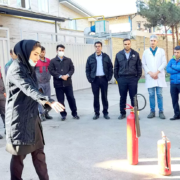

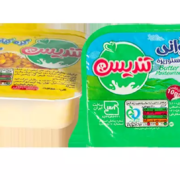
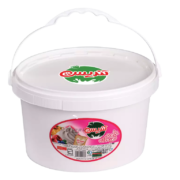
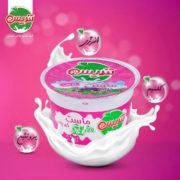
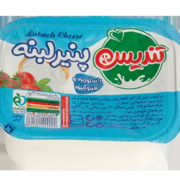



Leave a Reply
Want to join the discussion?Feel free to contribute!